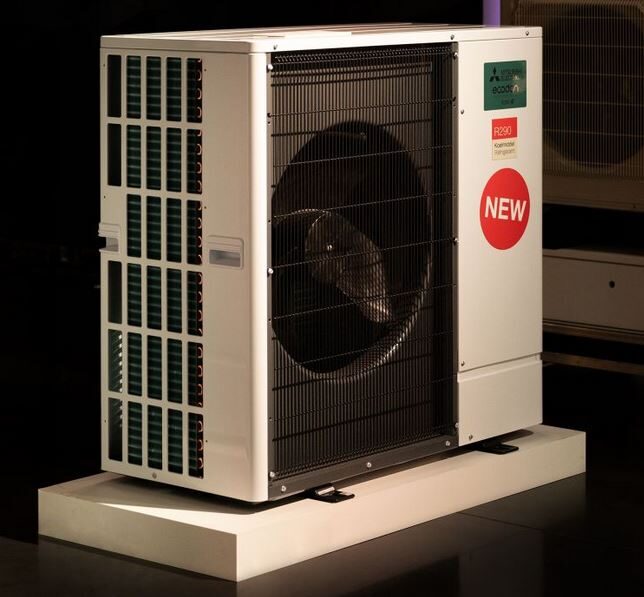Scientists led by Germany’s Helmholtz-Zentrum Berlin (HZB) have investigated how work on the surface of the silicon cell could lead to further improvements in perovskite-silicon tandem cell production.
In silicon wafer and cell production, the surface of the wafer is usually given a texture of tiny pyramid shapes, which serve to reduce reflection and trap more light in the cell. This texture is usually achieved by dipping wafers into liquid chemicals, which remove some silicon and leave behind the textured surface.
Some other processes, usually involving firing a plasma substance at the silicon surface, are known to offer better control over the size and uniformity of the bumps that make up the texture. Most manufacturers, however, see these as too complex and costly, with only a limited benefit compared to the wet chemical process.
Placing a perovskite solar cell on top, however, adds new requirements for the silicon surface. Many of the achievements made so far with tandem cells have been done on a silicon cell with no texturing, which makes it easier to integrate the perovskite but represents a lost opportunity for the silicon cell efficiency. The group at HZB investigated some of the more complex texturing processes and found that the increased control and smaller surface textures they afford could solve the perovskite integration challenge, or even be of interest again for single-junction silicon cells.
“For tandem cells, a uniform and small-sized Si texture is crucial in order to be able to wet process the perovskite top cell,” the group explained. “We showed that sub-micrometer sized random pyramids by an adjusted wet etching process are an interesting approach not only for such tandem solar cells but also for SHJ single junction solar cells.”
In their paper, Double-sided nano-textured surfaces for industry compatible high-performance silicon heterojunction and perovskite/silicon tandem solar cells, published in Progress in Photovoltaics, the group describes experiments with different etching solutions. They found that varying the composition of the solution enabled them to control the size of the pyramids on the surface, maintaining the desirable anti-reflective features of the etched surface, while making it easier to place the perovskite layer on top.
“All JV parameters were similar or even slightly better as compared to those of cells with our standard micro-texture,” said the group.
Using these new nano-texturing processes, the group demonstrated a 28.9% efficient tandem cell. The researchers said they are confident that such a process could be adopted at scale.
“We expect that the presented processes will be easy to be implemented in industrial production and, hence, will contribute to the development of a production process for highly efficient tandem solar cells,” they said.
This content is protected by copyright and may not be reused. If you want to cooperate with us and would like to reuse some of our content, please contact: editors@pv-magazine.com.



By submitting this form you agree to pv magazine using your data for the purposes of publishing your comment.
Your personal data will only be disclosed or otherwise transmitted to third parties for the purposes of spam filtering or if this is necessary for technical maintenance of the website. Any other transfer to third parties will not take place unless this is justified on the basis of applicable data protection regulations or if pv magazine is legally obliged to do so.
You may revoke this consent at any time with effect for the future, in which case your personal data will be deleted immediately. Otherwise, your data will be deleted if pv magazine has processed your request or the purpose of data storage is fulfilled.
Further information on data privacy can be found in our Data Protection Policy.